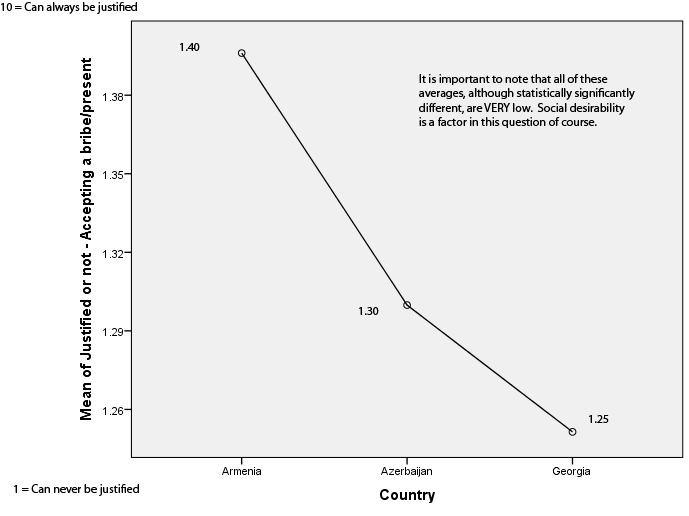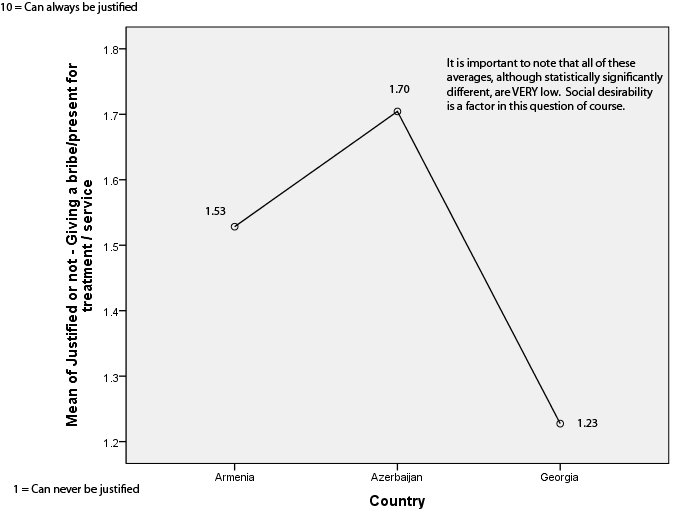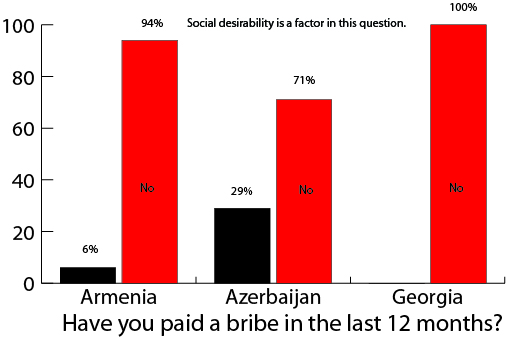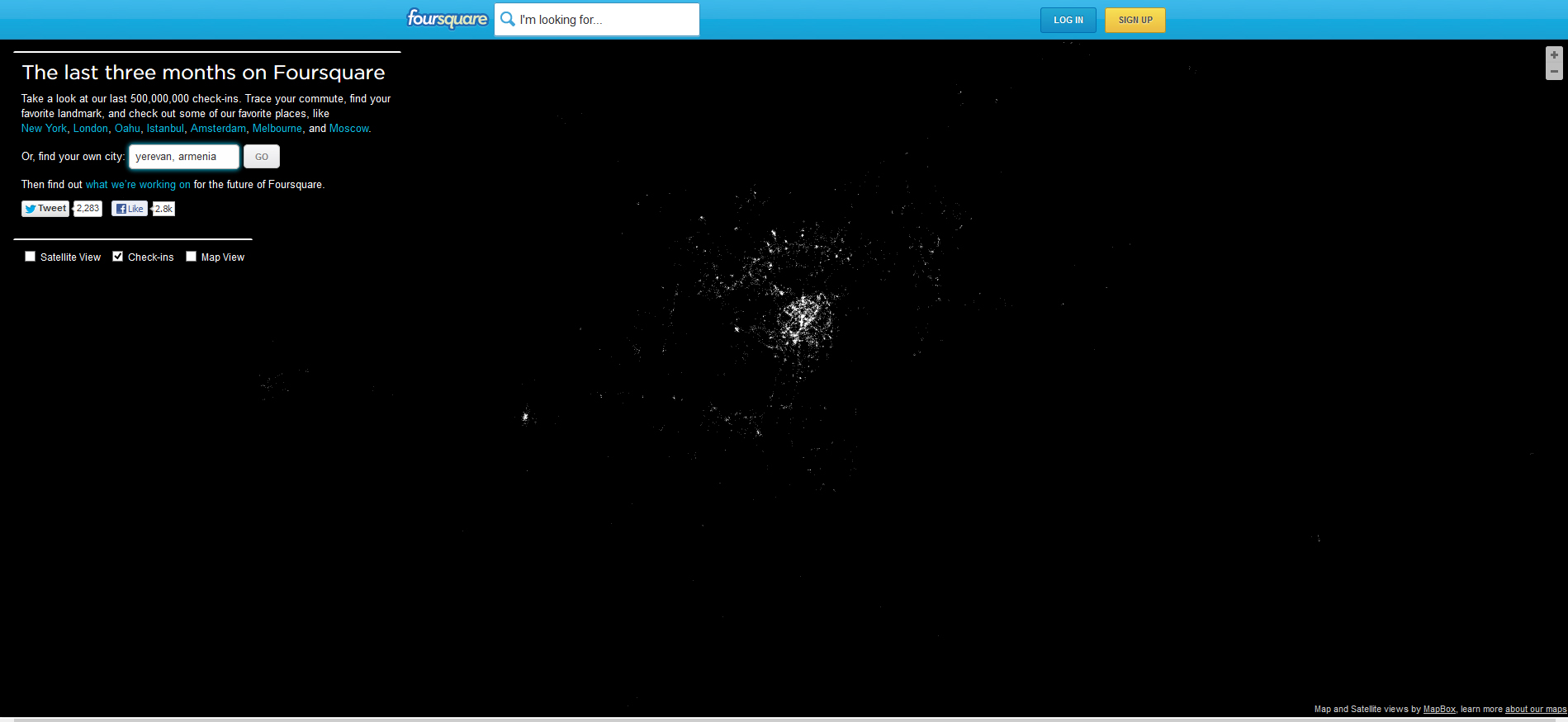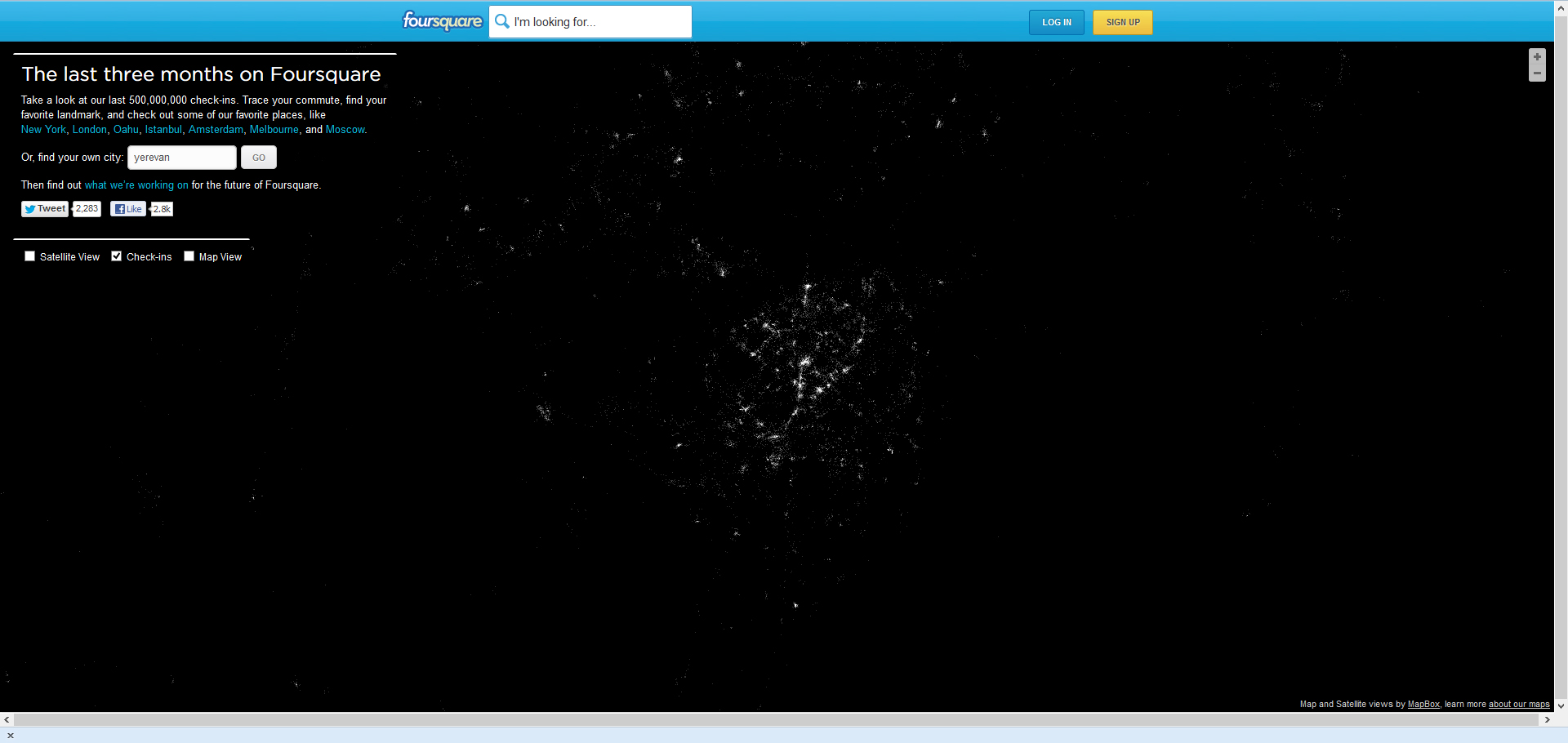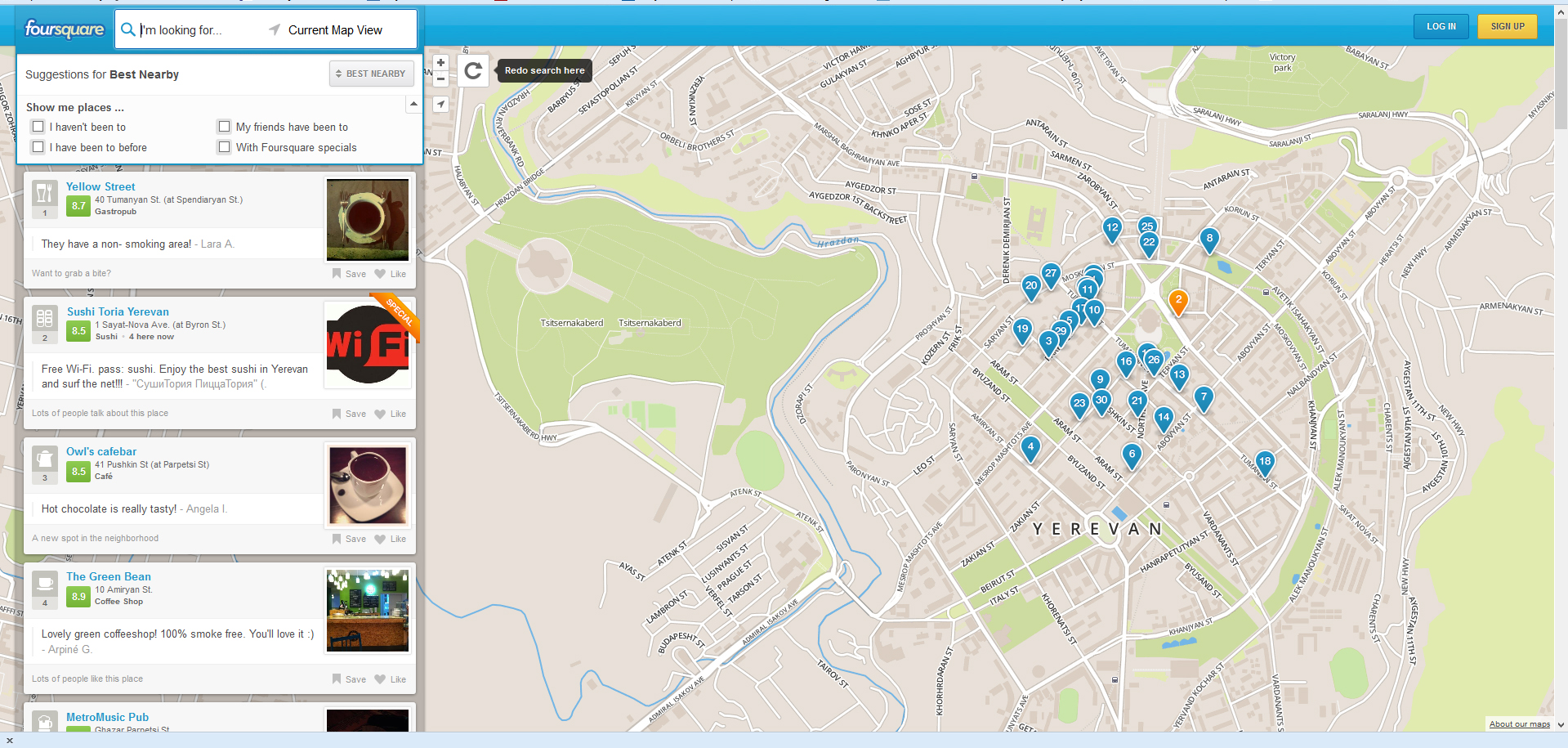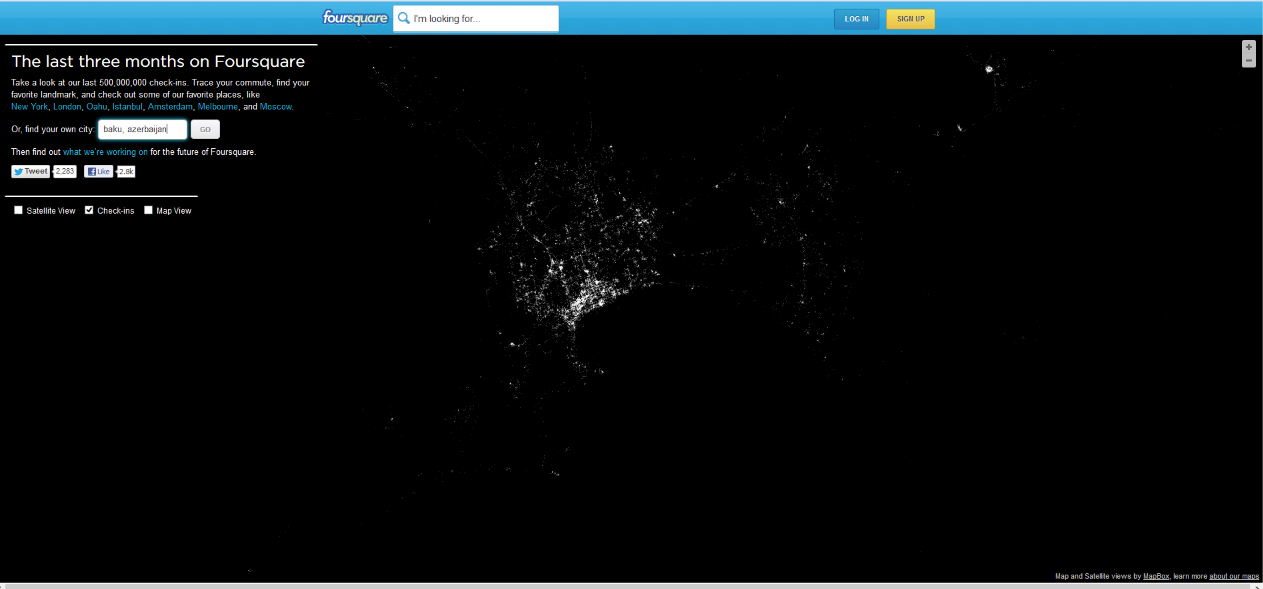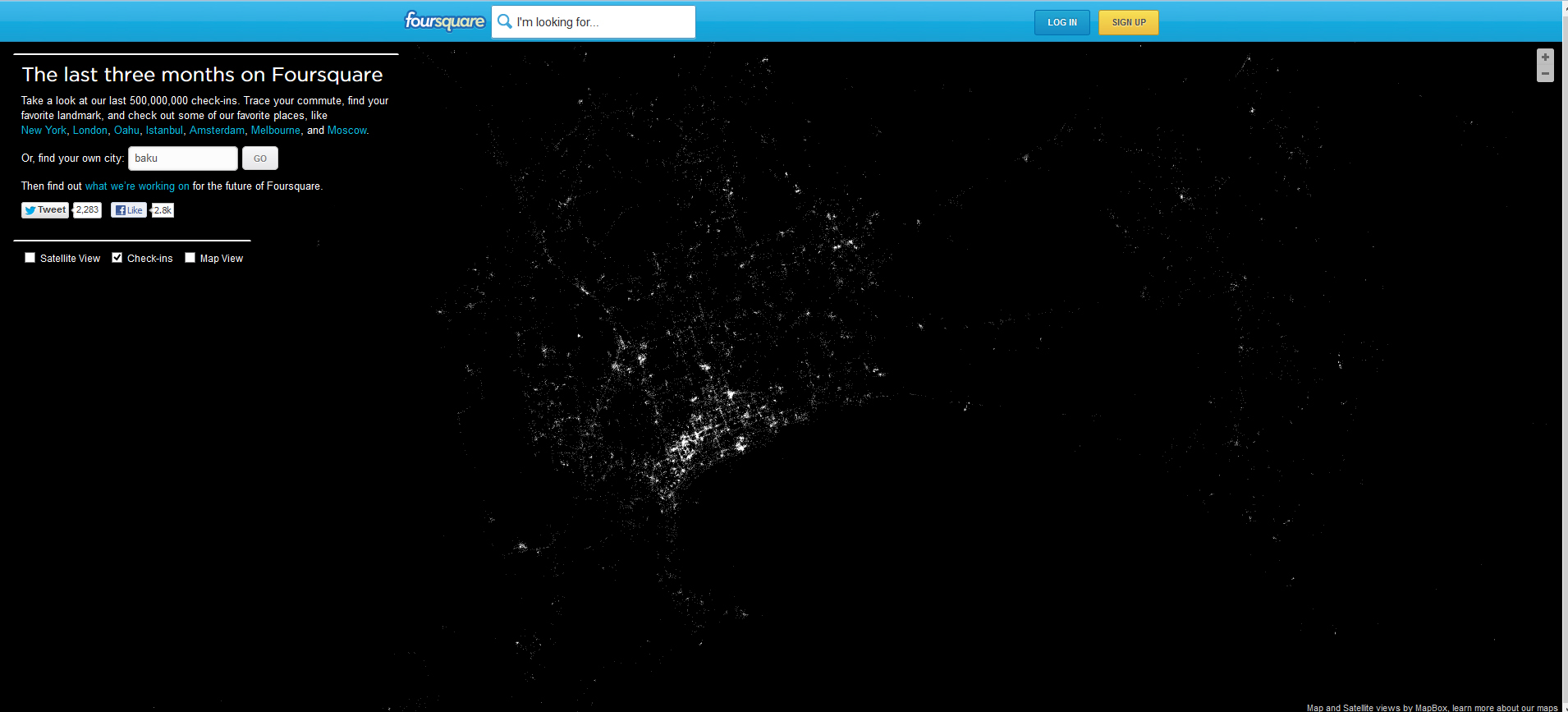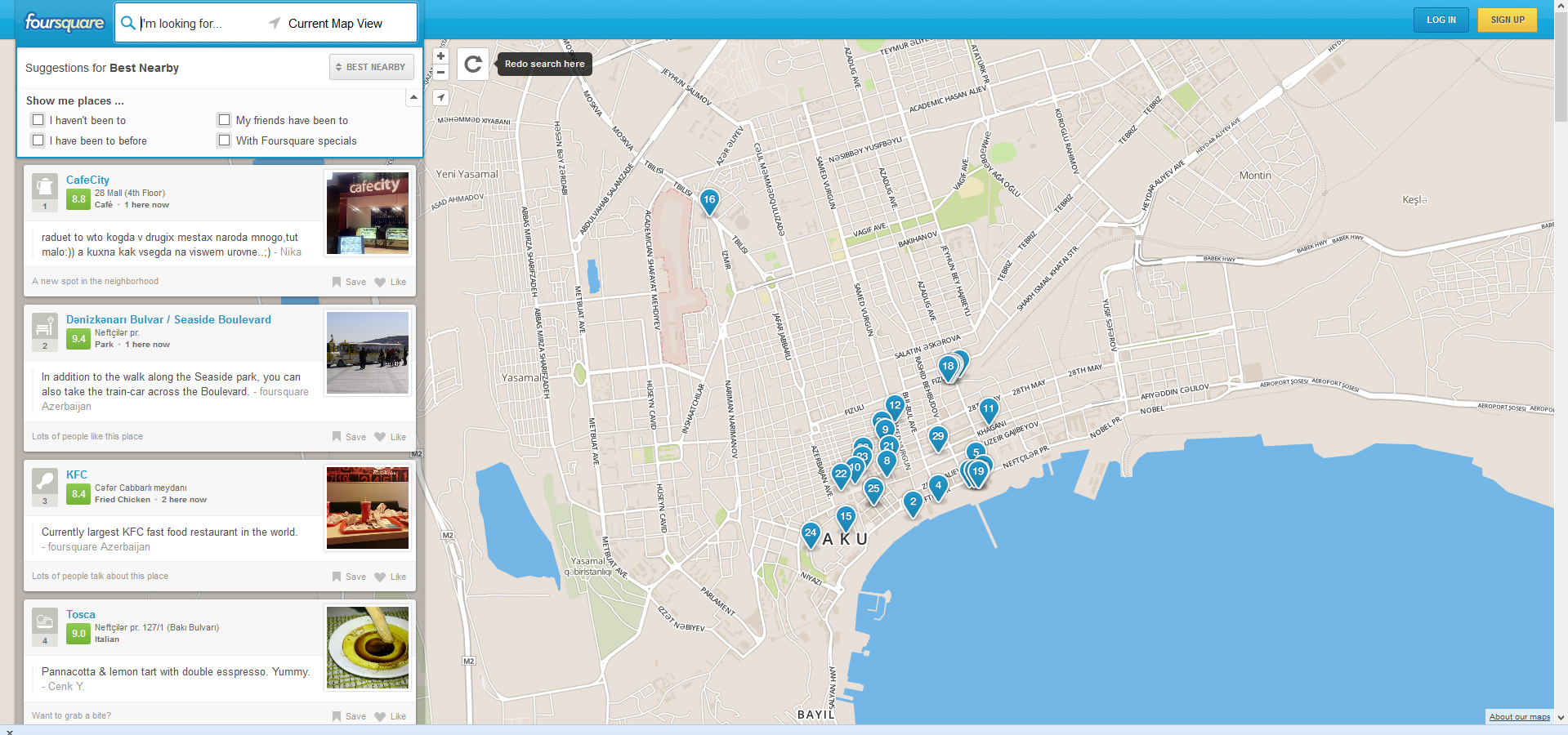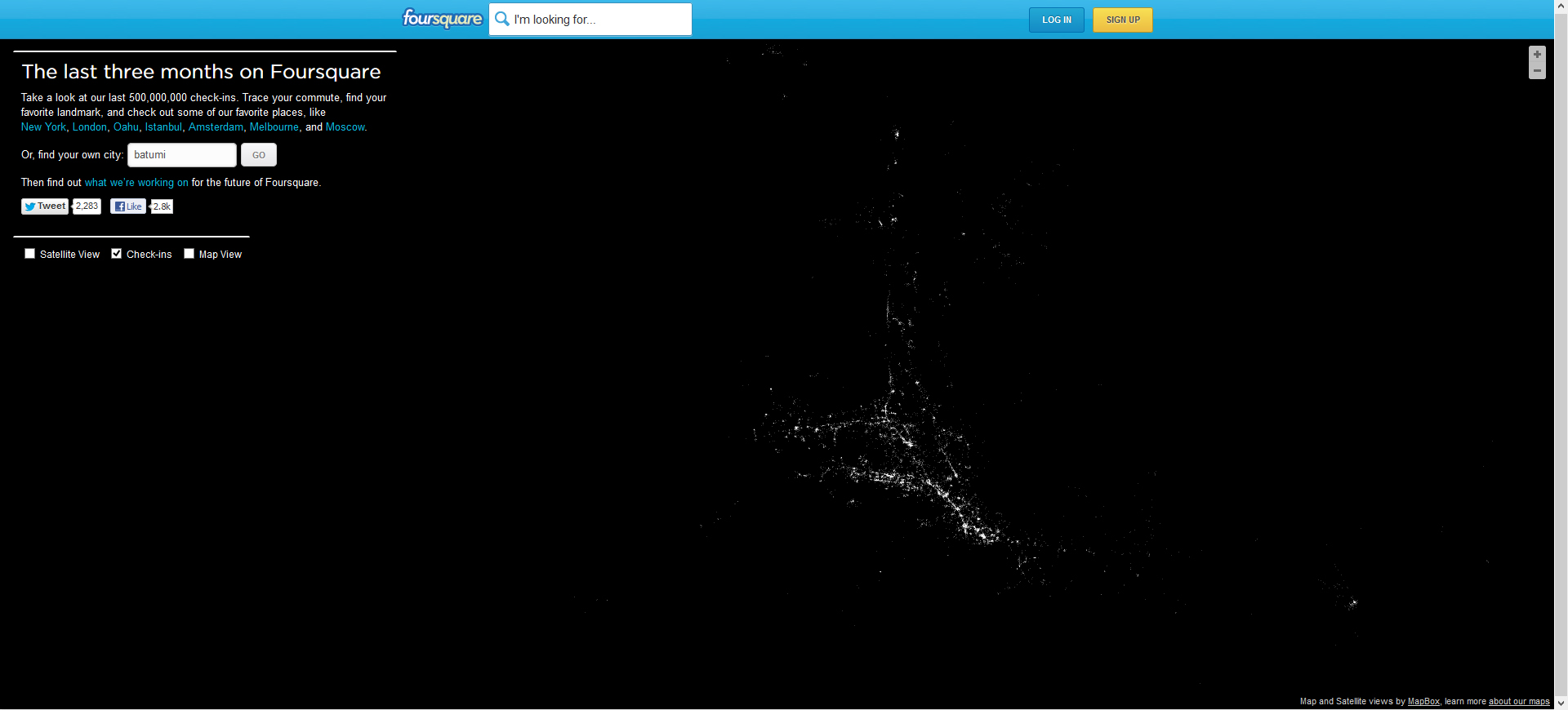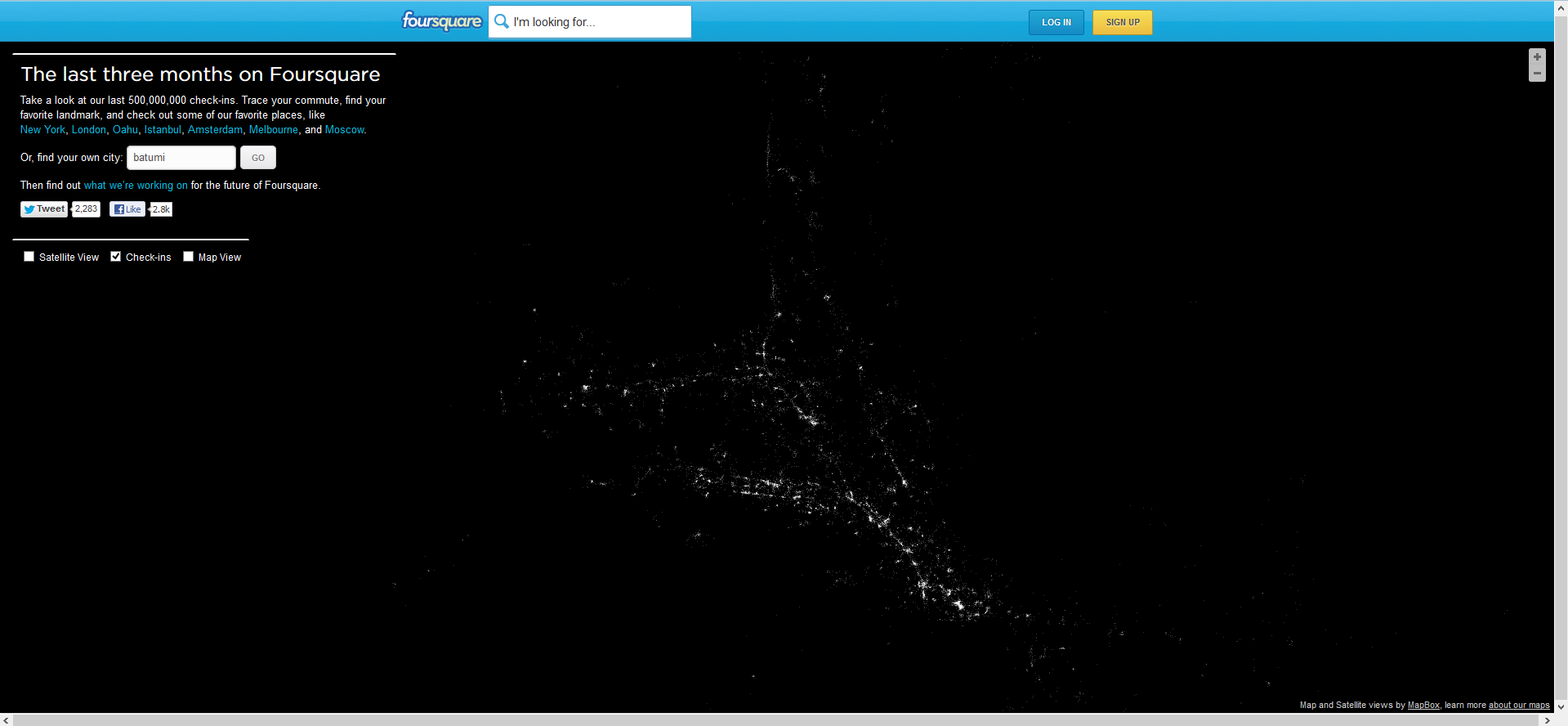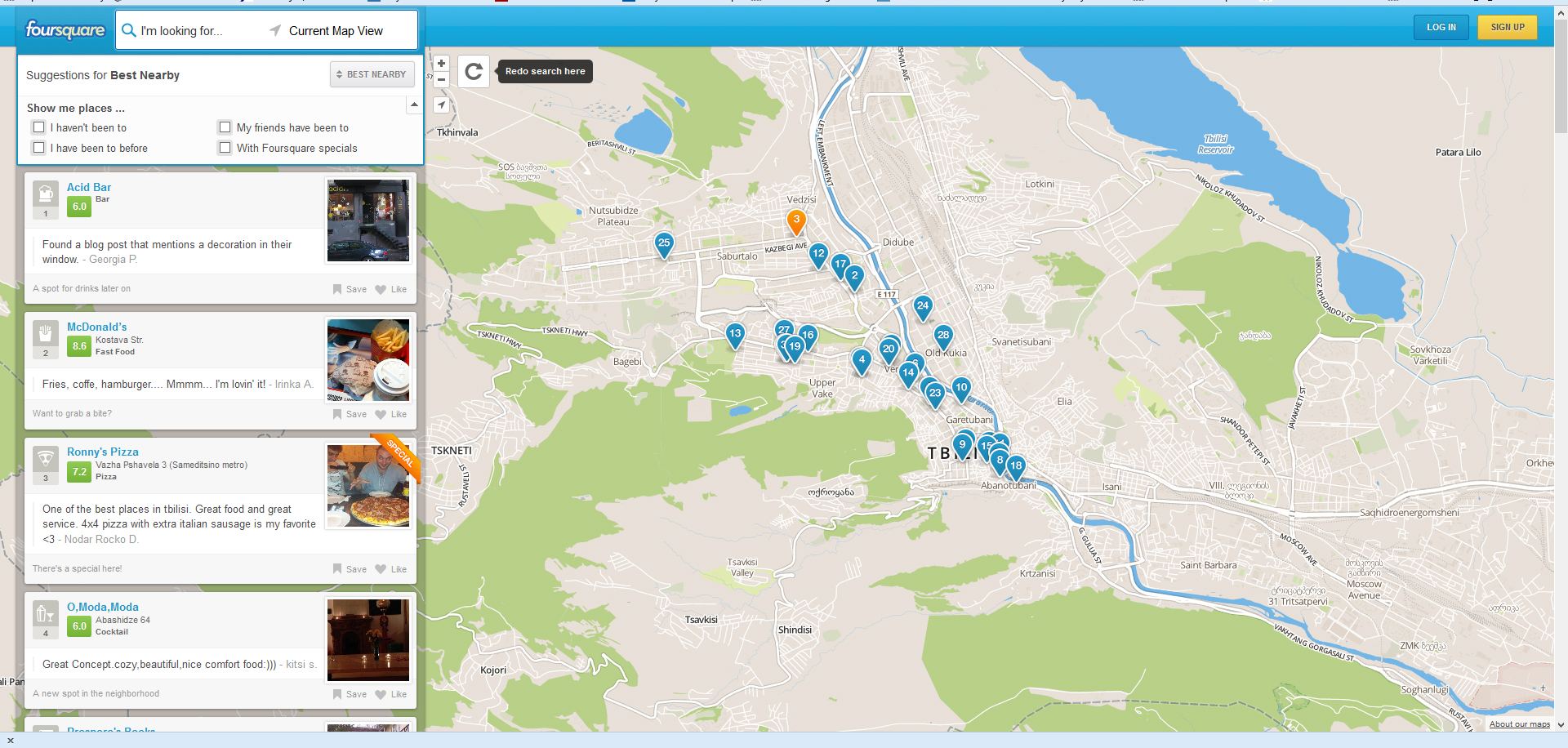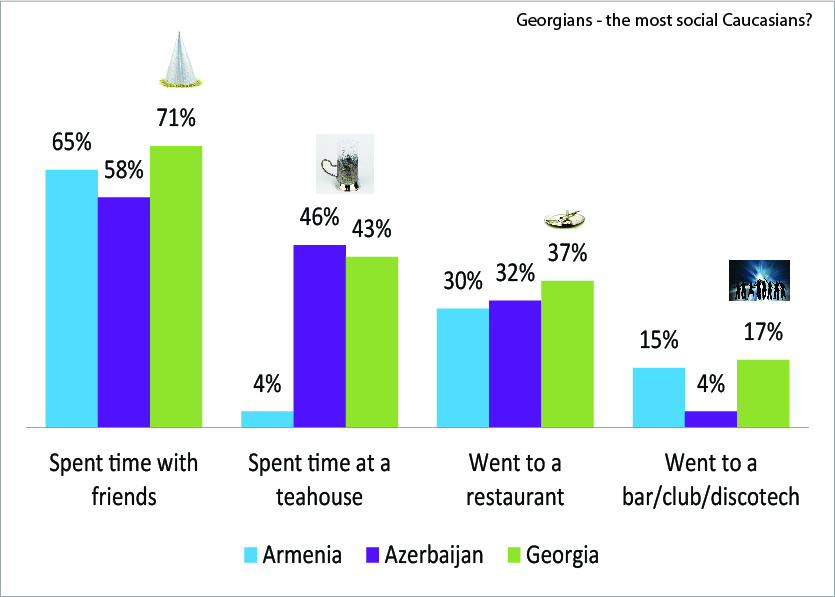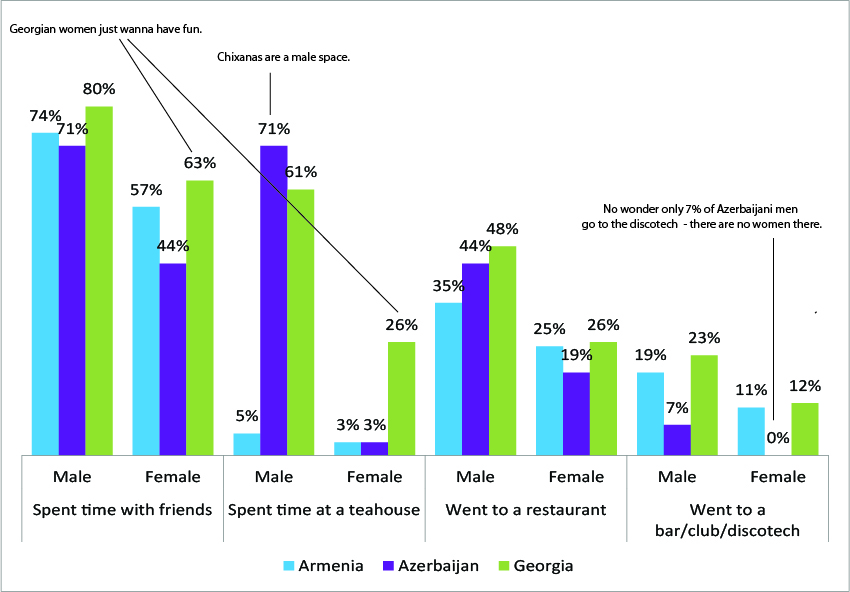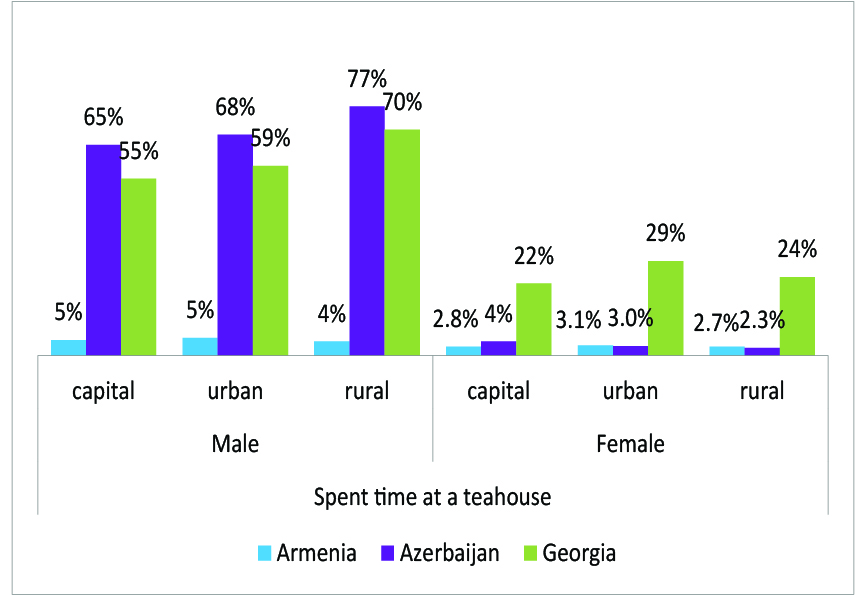I am so impressed with the linguistic abilities of my Caucasus friends. Growing up in a culture where bilingualism is uncommon, I am so envious of all the languages spoken by these friends.
I have a piece in progress right now that looks at the influence of English language proficiency on Internet use in Armenia, Azerbaijan, and Georgia. Because of that I’ve been thinking about languages a lot.
Now, 2 decades after the Soviet Union collapsed, language attitudes are sort of all over the place. Here is some self-plagiarism (from the article mentioned above):
Language plays an important identity role in post-Soviet societies (Kleshik, 2010). In the Soviet period, the Caucasus were unique in that their national languages were considered official languages and government materials, media, and education were provided in both Russian and the local languages (Pavlenko, 2008). However, while Russian never became the dominant language in the Caucasus, high fluency in Russian was necessary for one to get ahead in the non-Russian Soviet republics. Urban families were able to choose to send their children to national or Russian language schools, and Russian schools generally were of better quality with newer textbooks. Traditionally the second language of choice would have been Russian (during the tsarist and Soviet periods); however, today, more and more young people are opting to learn English as well.
Armenian. Armenian is an Indo-European language with no strong relationship with other languages (Comrie, 1987) and a unique script dating to the fifth century. The script has not been well supported in computer operating systems, nor did a single encoding system dominate early computer use. It is very common, especially on mobile phones, for Armenian to be written in Latin script, developing into an informal orthography. Five to six million people speak Armenian (Grimes, 1992), although it is difficult to determine the number that can read and write, because for many speakers Armenian is a heritage language spoken in the household while the language of education and work is another language. Many families live in bi- or trilingual households and children are raised multilingual from birth (Petrossian, 1997).
Azerbaijani. Azerbaijani is closely related to Turkish. As Azerbaijani people lived under various empires, competing scripts (Perso-Arabic, Latin, Cyrillic) were used over different periods. In particular, during the Soviet period, Azerbaijanis in the Republic of Azerbaijan used Cyrillic, while Azerbaijanis in Iran used Perso-Arabic. After the collapse of the Soviet Union, Azerbaijan decided to use the Turkish Latin script, although certainly older Azerbaijanis continue to use the script in which they were educated, Cyrillic. The move to the Turkish Latin alphabet benefits Azerbaijanis because there is no need for a special encoding script on personal computers or mobile phones (although ç becomes “c,” ı becomes “i”, ə because “e” or “a,” but in the context of a sentence, the replacement letter makes sense). There are likely about 20 million Azerbaijani speakers in the world. However, like Armenians, heritage speakers as well as the different scripts used mean that it is challenging for Azerbaijanis to communicate with each other via text.
Georgian. Georgian is a complex language that is part of the Kartvelian language family, unrelated to any other language. Like Armenian, Georgian has a unique script that has been a barrier for using technology, although writing Georgian in Latin script is not an uncommon workaround. Between 4-5 million people speak Georgian, but with some heritage speakers, it is unknown how many are literate.
Russian Language Skill. In the Soviet era, the Armenian language assumed a hegemonic function compared to many other republics because of a strong national intelligentsia (Suny, 1994). Russian remains the most popular second language and a great deal of Russian language media is present to this day. Between 74-87% of Armenians surveyed each year in 2006-2010 said that it is very important for Armenian children to learn Russian, and an additional 11-20% said that it is somewhat important (Gallup Organization, 2006, 2007, 2008, 2009, 2010).
In Azerbaijan in the post-Soviet period, the government “demoted” Russian (banned in media and advertising in 2007) and promoted Turkish. Recently, English has become a popular second language choice as well (Shafiyeva & Kennedy, 2010). Nonetheless, Russian language instruction is still popular in Azerbaijan (Marquardt, 2011). Between 35-49% of Azerbaijanis surveyed each year in 2006-2010 said that it is very important for Azerbaijani children to learn Russian, and an additional 39-50% said that it is somewhat important (Gallup Organization, 2006, 2007, 2008, 2009, 2010).
In Georgia during the Soviet era, the Georgian language remained a strong part of public life, although Russian was still considered an elite language. In 1970, most rural Georgians (91.4%) and over half of urban Georgians (63%) had low proficiency in Russian (Suny, 1994). In the post-Soviet period, because of Georgia’s poor relationship with Russia, the Russian language has been strongly discouraged at the governmental level (banned in advertising and media in 2004), although citizens still believe that it is a useful language to know (Kleshik, 2010). Between 43-69% of Georgians surveyed each year in 2006-2010 said that it is very important for Georgian children to learn Russian, and an additional 27-40% said that it is somewhat important (Gallup Organization, 2006, 2007, 2008, 2009, 2010).
English. Based on the author’s observations, English language learning seems to have become more popular in these countries since the 1990s. At least in Azerbaijan, others confirm that English has become a popular second language choice (Shafiyeva & Kennedy, 2010). But English language education is not available to all. Urbanites and the rich have greater access to schools with English language instruction as well as private tutoring that would allow someone to reach a higher level of proficiency (Pearce, 2011).
—-
So, with that, I wanted to look at attitudes toward foreign language instruction. In the 2011 Caucasus Barometer, people were asked if any foreign language should be mandatory in school (none, any, Russian, English, and other were the choices — I wish this had been open ended, but whatever… The lack of Turkish as a choice for Azerbaijan bothers me the most).
Let’s be honest – Armenian and Georgian especially are not the most practical languages to know, in terms of global opportunities. Because of this, I speculated that more upwardly mobile people would be more keen on foreign language instruction.



These graphics were created by Katy Pearce based on her analysis of the 2011 Caucasus Barometer. Any questions should be directed to @katypearce on Twitter.
This is licensed under a Creative Commons Attribution-NonCommercial-NoDerivs 3.0 Unported License. Based on a work at www.katypearce.net. Permissions beyond the scope of this license may be available at http://www.katypearce.net/cv/info.
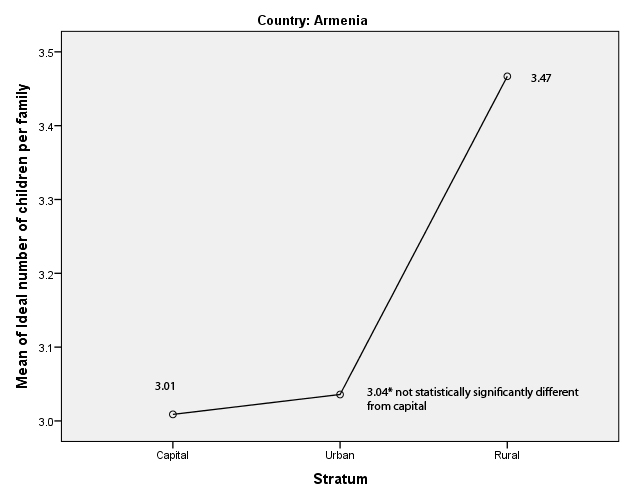
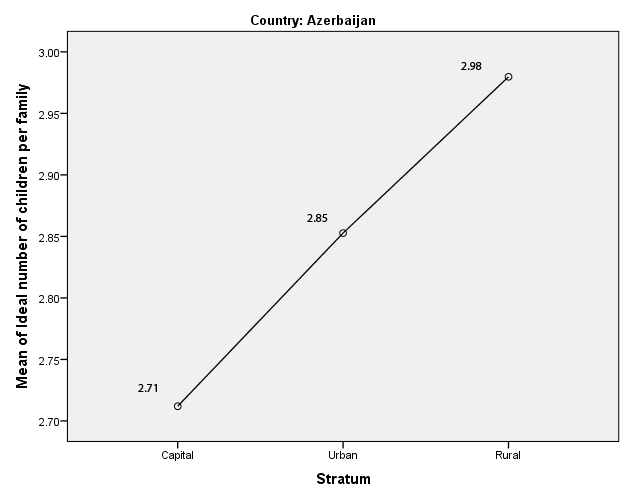
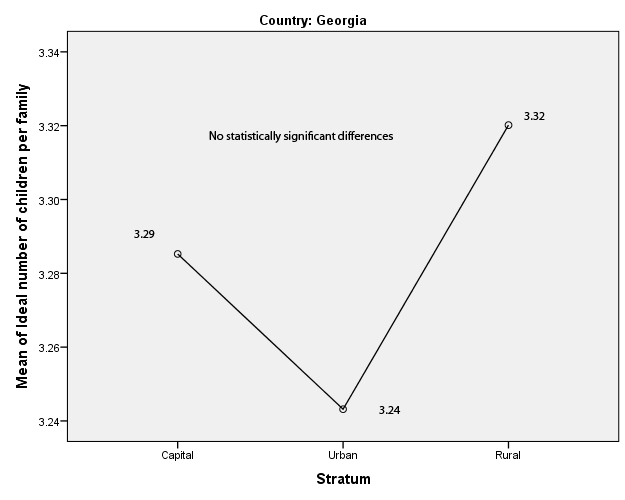

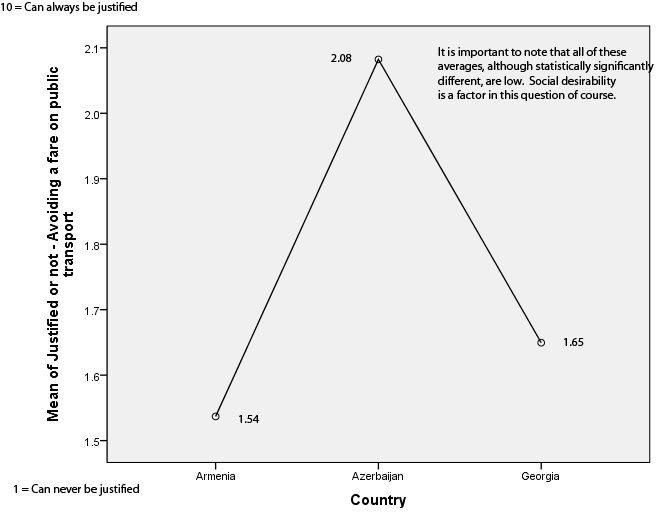
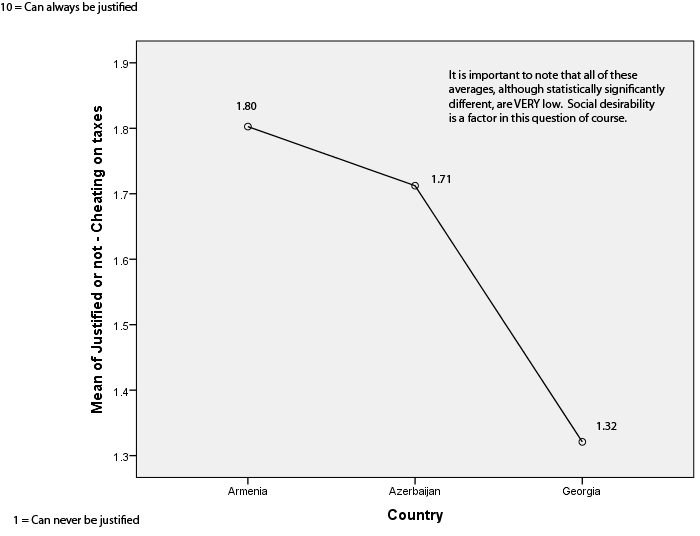 “>
“>
